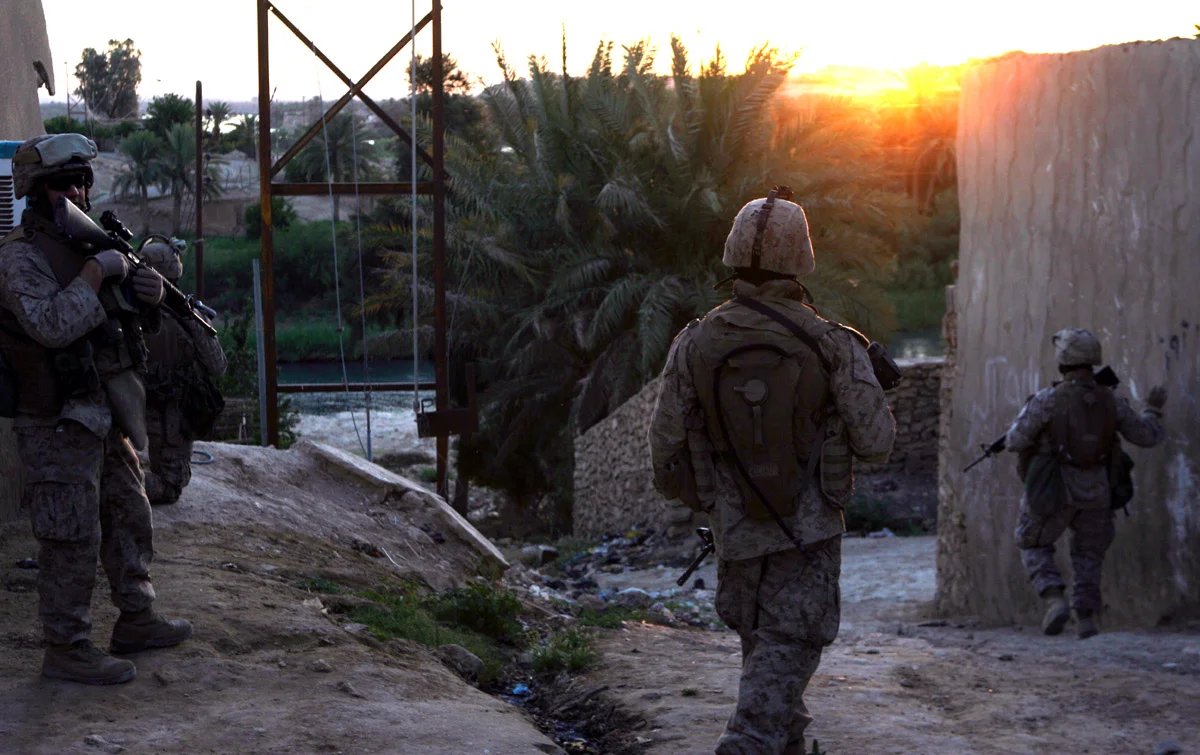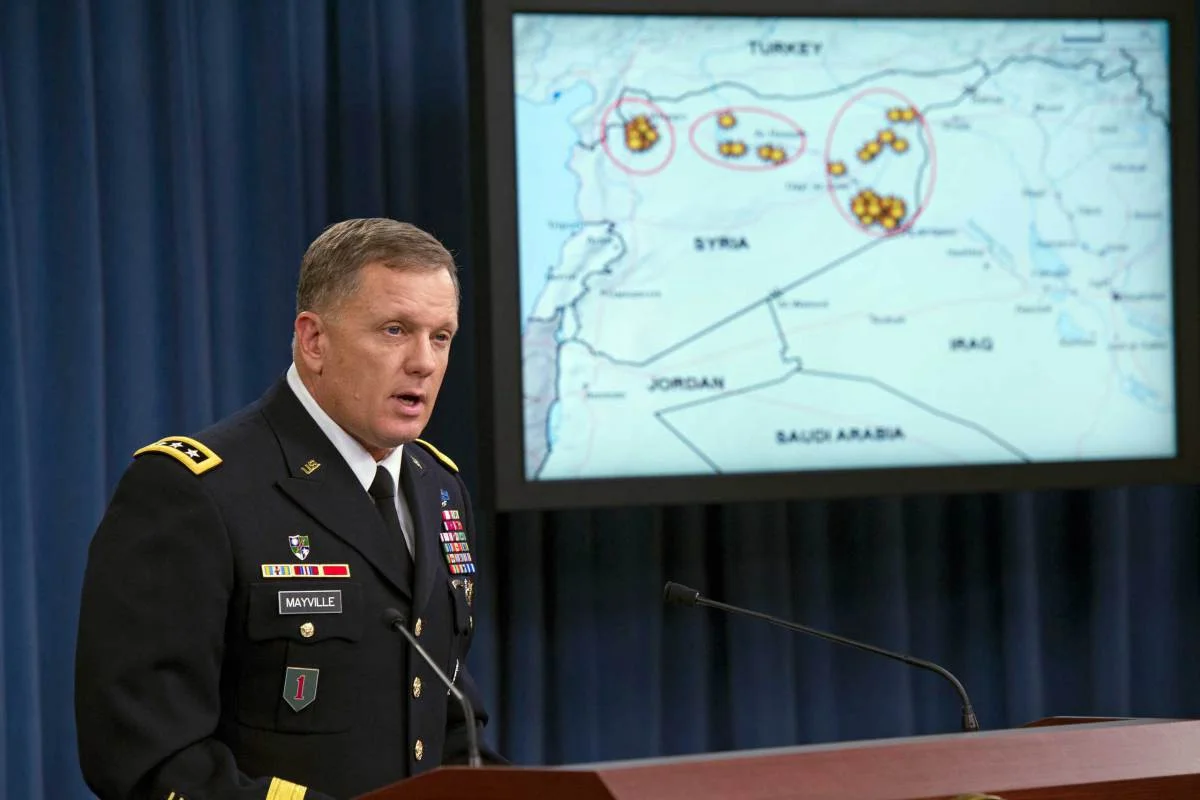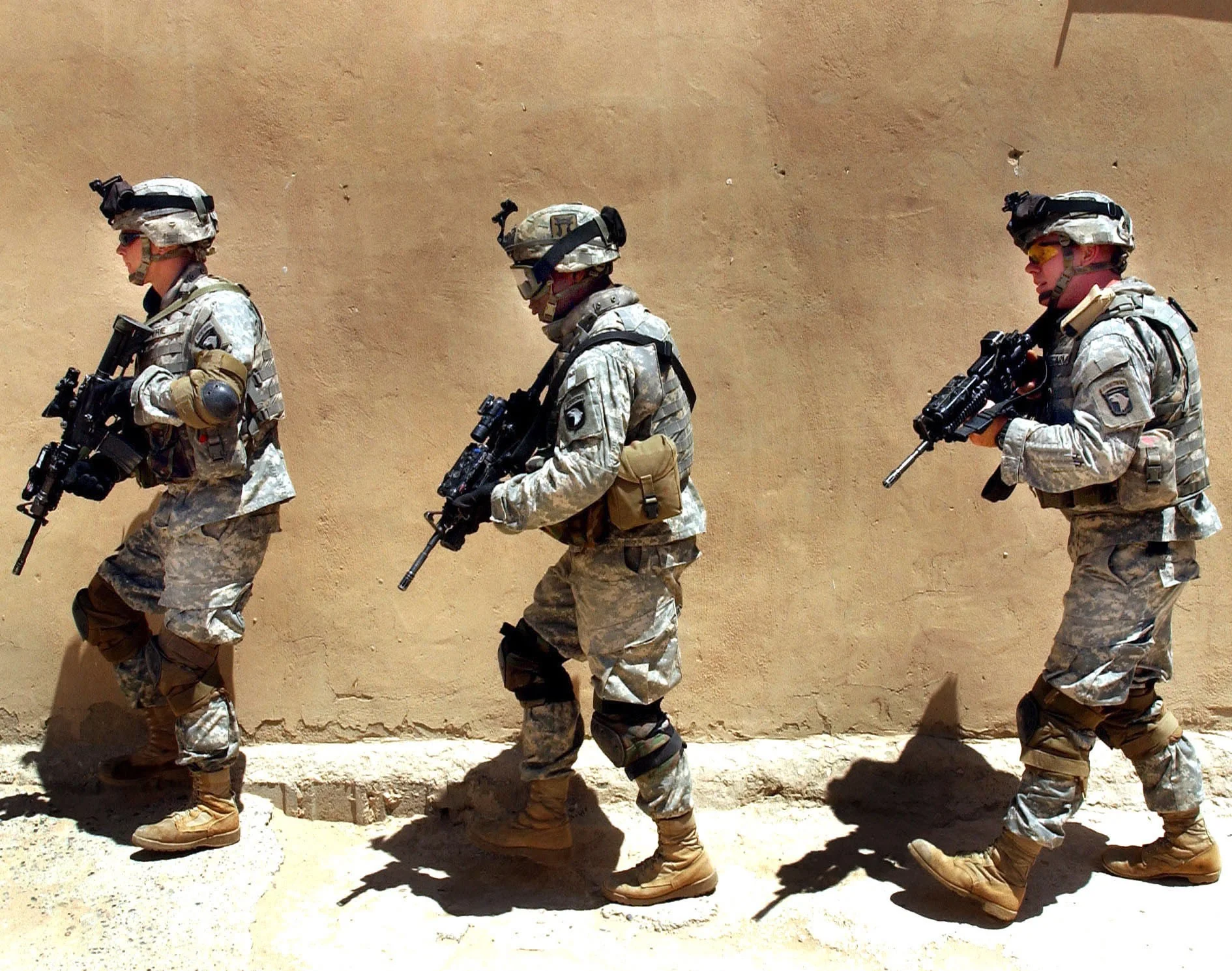While the U.S. remains the single most powerful actor on the international stage, its influence and ability to react to the growing threat that transcends its own internal artificial boundaries and planning processes is not keeping pace with the evolution of the environment. With the rise of global near-peer competitors and regional powers with transnational reach, the U.S. military must become more flexible and adaptable at crossing multiple boundaries simultaneously if it seeks to maintain its competitive advantage. The only way to achieve this is to transform our current command and control structures to allow us to be a global power that actually acts and thinks globally.
#Monday Musings: Chad Pillai
The Lessons of Hiroshima and the War Against the Islamic State
August 6th is the 70th Anniversary of the bombing of Hiroshima with the Atomic Bomb that would lead to the surrender of Japan in World War II. As I consider the historical implications of the bombing, I am drawn to my discussion with my Kodokan Judo instructor, Dr. Sachio Ashida, who fought for the Japanese during World War II and ponder the implications of today’s war against the Islamic State.
China’s Military Strategy: Challenge and Opportunity for the U.S.
China recently published its new Military Strategy. Within this strategy China must be given credit for clearly articulating its version of the “Monroe Doctrine” for the Asia-Pacific region and its desire to no longer play second fiddle to the U.S. globally. Unlike the current U.S. national security strategy, China’s strategy is more narrowly focused on securing its near abroad (the first island chain) while also expanding its military reach to secure its interests globally. Meanwhile, the U.S. faces a complex global landscape, and must confront threats perceived and real emanating from multiple angles while managing significant fiscal constraints.
Two More Fallacies of Future War: Adding to the ARCIC Narrative
While the U.S. still remains the world’s most powerful nation, it faces a more multipolar world where its strengths and influence are being challenged by other global players to include Russia and China. In order to maintain its position moving forward, it needs to confront LTG McMaster’s four fallacies and the two I have offered.
Roots of the #Human Dimension: Understanding Historical Grievances as Context for Conflict
Operationalizing the Army #Operating Concept
The Foundational Element of the Nation: A View of the U.S. Army
The Army represents the foundational constant of the nation. While the nation historically has been averse to a large standing Army, whatever the shape and size, it is expected to remain the foundation of our national defense. While no model or mathematical concept can determine the right size of an Army of its value to a nation, these tenets can serve as a starting point to ascertain the Army’s missions, responsibilities, and characteristics.
Enduring Power: The Army Needs to Focus on What it Does Best
Once again, the Army is attempting to transform itself. The question the Army can’t seem to answer is, “why?” Yes, the world is becoming more complex and competitive: China’s rise, a resurgent Russia, an unstable Middle East, and the continued threat of the metastasizing cancer of Al Qaeda spanning from North Africa to Central Asia are all challenging America’s global leadership position. However, no single threat has emerged as existential to the U.S. or its vital national interests.
Understanding the Need for a Balanced Joint Force: A Mix Martial Arts (MMA) Analogy
Human conflict ranging from individual-on-individual fighting to nation states waging war has seen evolutionary changes to techniques used in combat. The world of martial arts, like warfare, has seen a rapid evolution in individual fighting techniques. Each has various philosophical underpinnings and was developed to address the unique challenges faced by practitioners. Throughout the ages, the question many asked was which technique, martial art, was the greatest of them all. The same debate has emerged in state-on-state and state-on-nonstate warfare regarding the effectiveness of landpower, seapower, and airpower. The history and development of Mixed Martial Arts (MMA) helps illustrate the utility and shortcoming of each style of fighting, stand up strikers and ground fighters, as an analogy of today’s debate between land, sea, and air, and the necessity of mixing things up.
The Cost of Power Miscalculation
In light of the recent East-West tensions due to Russia’s near-annexation of Crimea, China’s aggressive behavior in the East and South China Seas, continued instability in the Middle East, and the threat of a nuclear Iran, or worse, a failed nuclear Pakistani state highlight the dangers the United States faces in the decades to come. The recently released DoD Budget and QDR both highlight the need to rebalance the force through greater investments in technological solutions at the expense of manpower along with the future applications of the joint force.
The Application of Federalism in Overseas Stability Operations
The conventional thinking regarding counterinsurgencies is that they take 10 years to conclude. The inherent problem with the strategic approach used in Iraq and in Afghanistan is impatience to rebuild their societies by employ the concept of federalism to harness the established forms of political power in each country. Federalism would have placed the responsibility of governance, justice, security, and economic development at the lowest level possible, where it was desired by Iraqi society and had long been established in Afghan society.
Gault is Wrong: What Upsets Me about the Characterization of “Lone Surivor” as Torture/War Porn
I, like most military service members, can be very critical of military based movies because of historical or technical inaccuracies; however, as I stated in my own take on Lone Survivor, I have come to realize that in some cases, the underlying themes and messages are more important than pure authenticity.
The Failure of the Current DoD Budget Debates
The current debates emanating among policy circles within the Department of Defense and Congress have predominately focused on the scale of budget cuts imposed by sequestration and how it will be implemented to achieve the President’s defense policy guidance. As resources decrease, each service is maneuvering themselves within the budgetary-policy debates to ensure they receive both an adequate role in shaping the future security environment and the resources commensurate with such a role.















